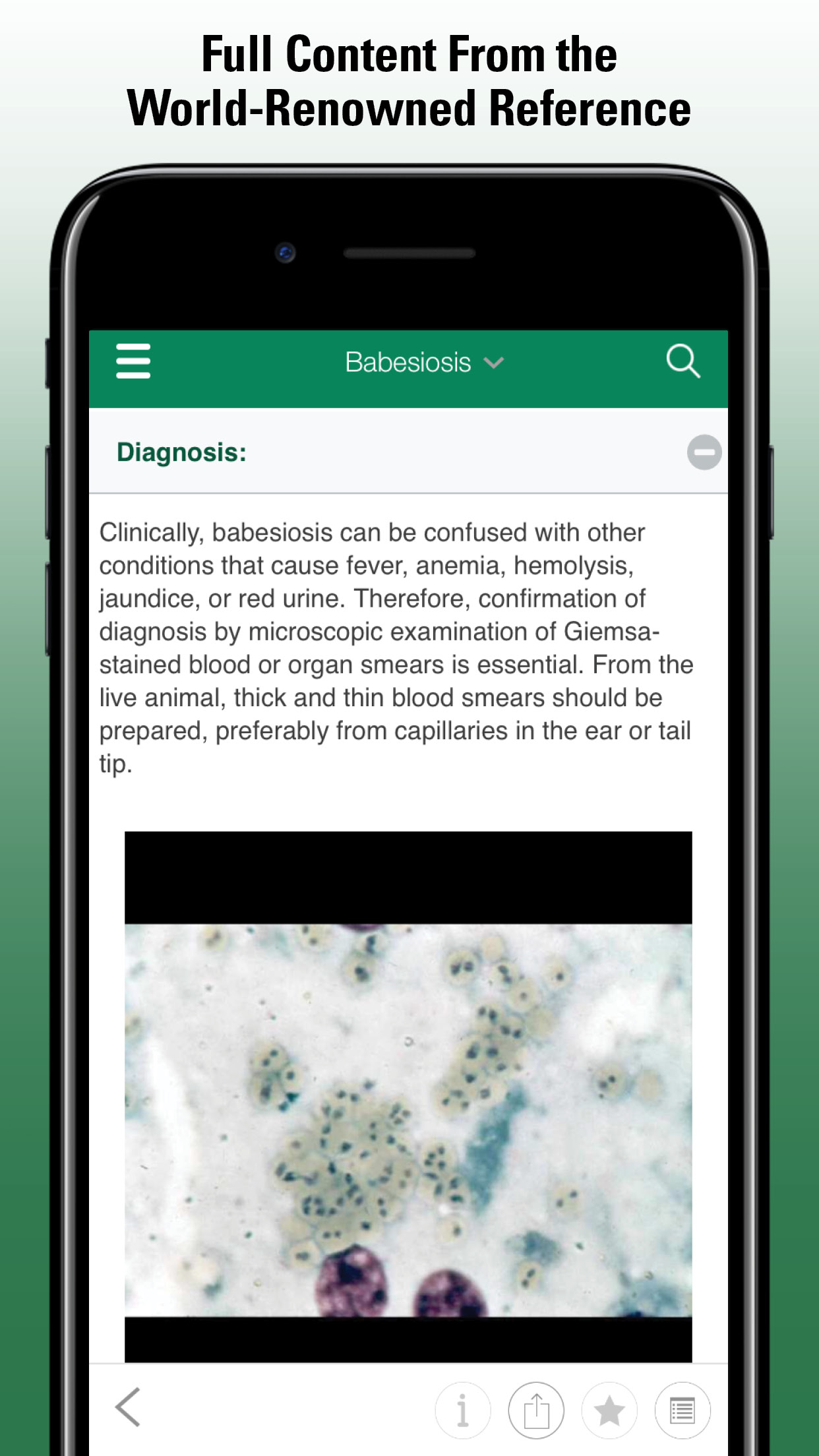Nutritional Diseases of Nonhuman Primates
- Nonhuman Primates
- Overview of Nonhuman Primates
- Bacterial Diseases of Nonhuman Primates
- Mycotic Diseases of Nonhuman Primates
- Parasitic Diseases of Nonhuman Primates
- Viral Diseases of Nonhuman Primates
- Nutritional Diseases of Nonhuman Primates
- Miscellaneous Conditions of Nonhuman Primates
- Psychological Well-being and Environmental Enrichment of Nonhuman Primates
Also see Nutrition: Exotic and Zoo Animals.
All laboratory nonhuman primates are susceptible to vitamin C deficiency. Hypovitaminosis C may cause immunosuppression and increase susceptibility to infectious diseases before clinical signs of the deficiency appear. Commercial monkey diets contain vitamin C that is stable for 3 mo after the diet is milled and packaged, if properly stored. Supplemental sources are green leafy vegetables and citrus fruits. Orally administered human pediatric vitamin preparations that contain ascorbic acid are readily accepted. Daily intake of vitamin C at 3–6 mg/kg prevents scurvy. Scurvy should be treated with ascorbic acid at dosages of 25–50 mg/kg/day until clinical signs resolve and dietary consumption of adequate vitamin C is restored. Primates require vitamin D to prevent rickets and osteomalacia. Asian and African primates can use provitamin D2 (in plant materials); Central and South American primates (New World) cannot and require provitamin D3. Commercial diets specifically formulated for New World primates should be the main component of the diet of these animals. Fish-liver oils provide an adequate source of D3, or as little as 1.25 IU/g of diet can be added to the ration. Exposure of monkeys to sunlight facilitates conversion of vitamin D to active forms. Without adequate D3, New World primates may develop secondary nutritional hyperparathyroidism (see Fibrous Osteodystrophy).
- Nonhuman Primates
- Overview of Nonhuman Primates
- Bacterial Diseases of Nonhuman Primates
- Mycotic Diseases of Nonhuman Primates
- Parasitic Diseases of Nonhuman Primates
- Viral Diseases of Nonhuman Primates
- Nutritional Diseases of Nonhuman Primates
- Miscellaneous Conditions of Nonhuman Primates
- Psychological Well-being and Environmental Enrichment of Nonhuman Primates




